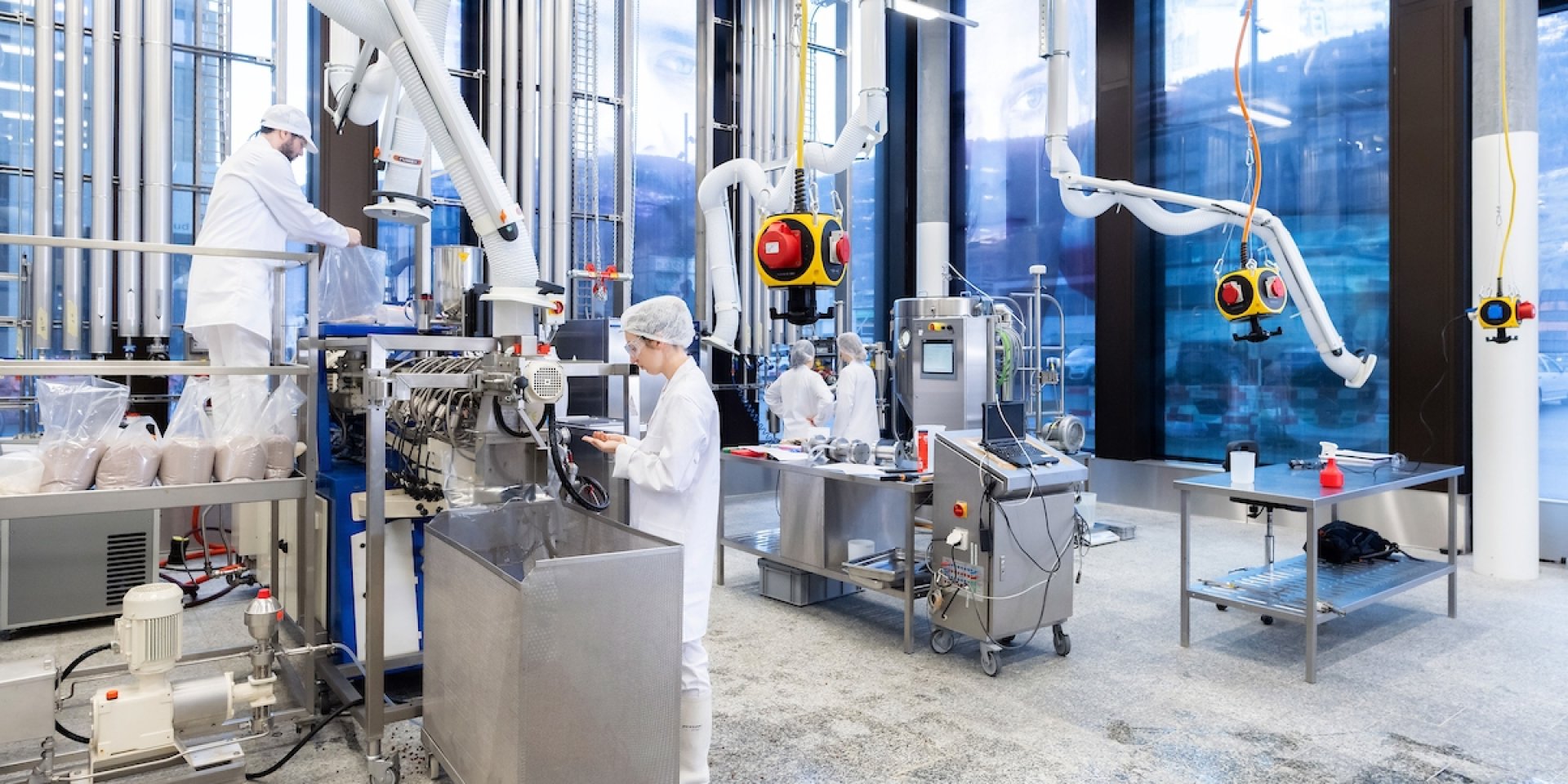Interactions between bioactive compounds and carrier agents during drying of fruit juices

Fruit powders are a promising approach as an alternative to seasonally occurring fresh fruit. All year round, such powders may be applied to a numerous type of foods improving their functional properties by naturally present bioactive compounds. Fruit powders are an alternative to artificial supplements. They could also be used as natural food colorants. However, high-quality fruit juice powders are rare due to the high content of carriers even up to 90%. The preparation of such superior fruit powders requires a broad scope of knowledge about drying processes, about chemistry connected with changes of biomolecules induced by drying and about physical properties of the final product that influence the storability. Fruit juice is a complex matrix containing abundant bioactive compounds. Its transformation into a powdered form involves the application of carriers that enable the drying process and may prevent modification of bioactive fruit compounds. Taking this into consideration, the project’s aim is to identify the critical parameters for preservation of bioactive compounds to improve the quality of fruit powders.
Novel and functional carriers like inulin, trehalose and isomaltulose will be studied. Fruits juices from dog rose - Rosa canina (easily available and excellent source of ascorbic acid, polyphenols and carotenoids) and blue honeysuckle – Lonicera caerulea (high content of polyphenols, especially anthocyanins) will be studied. This will provide knowledge on chemical changes occurring during dehydration of fruit juices with different content of bioactive compounds and will provide hints for the preparation of high-quality food powders. The study of critical drying parameters will explore the effect of the carriers mentioned above on the formation of Maillard reaction and caramelisation products, a pertinent food safety aspect of powders obtainment. To our best knowledge, no previous investigation on the food safety and health-related impacts of processing contaminants (including furans and acrylamide) formed in fruit powders by those chemical events are being performed and they are of great interest. Consequently, the project aims to study the hypothesis that the preservation of natural bioactive constituents and formation of Maillard reaction and caramelisation products in fruits powders depends on the initial chemical composition of fruit juice, the type of carrier and the drying conditions applied. The relationship between the parameters of the drying processes, the carriers added, and the preservation of dominant bioactive compounds will also be explored. The interactions of polyphenolic fruit compounds and selected carriers on the formation of Maillard reaction products will be complemented with studies on model systems, to give more detailed insight into this complex system. Tree leaves from Morus alba and edible flower from Crataegi inflorescentia extracts rich in polyphenols and other antioxidants will be added to prepare fruit powders for improving their physical, chemical, sensorial and biological properties and to inhibit the formation of potential harmful compounds by Maillard reaction and caramelisation. Finally, the consumer acceptance of the novel type of fruit powders in Switzerland, Poland and Spain will be compared to gain information about national preferences. Powders will be analysed with modern analytical methods for their bioactives, Maillard reaction products, moisture content, water activity, bulk density, colour stability, solubility potential and for their storability. To achieve the project’s aim, the critical parameters for alterations in the profile and content of the bioactive compounds must be understood and mastered. The expected results will help to optimise the drying process dependent on the raw material composition.
